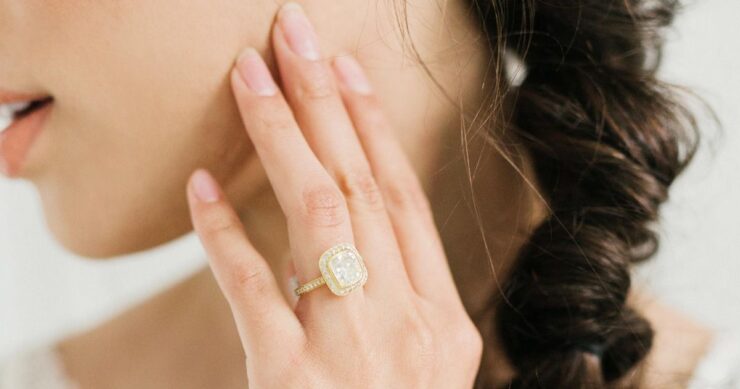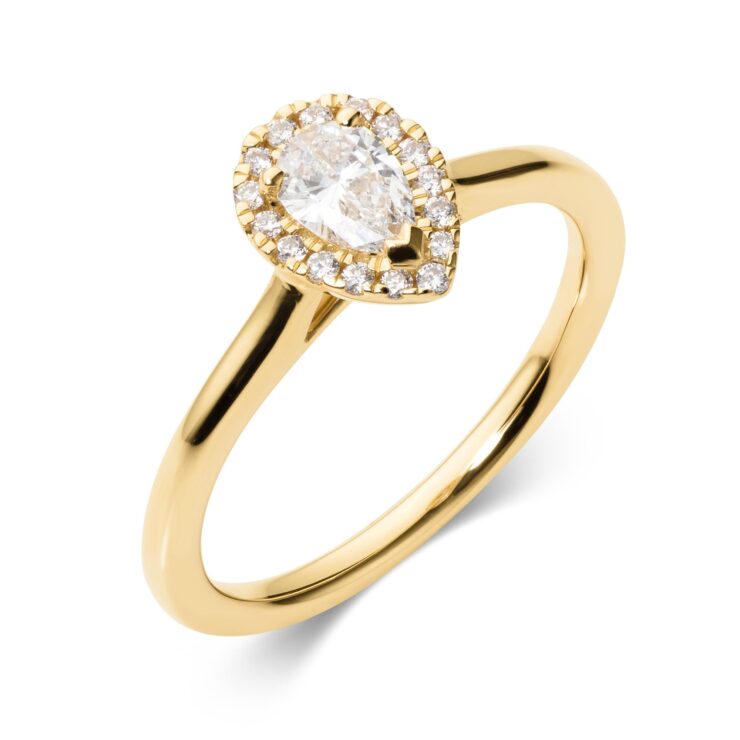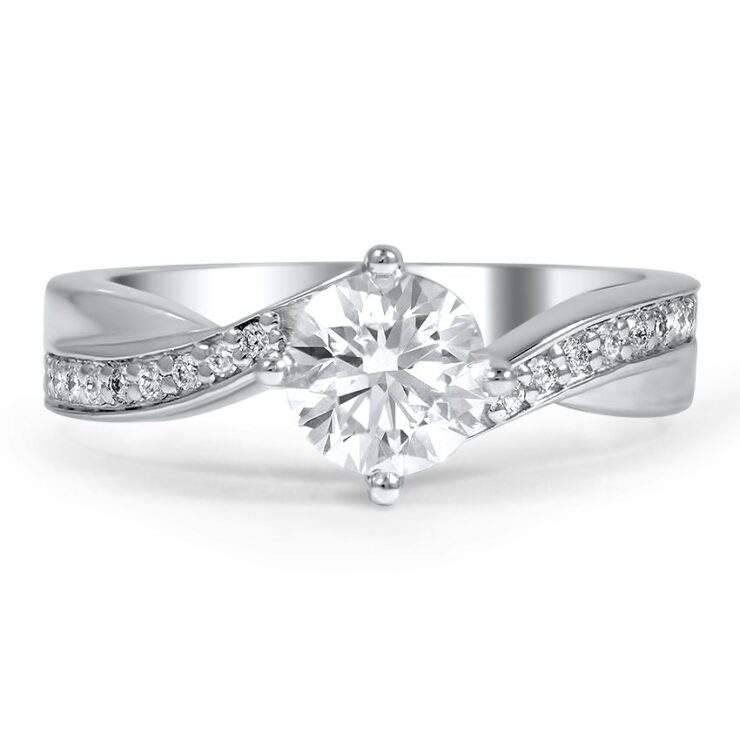Choosing the perfect gem for an engagement ring is trickier than picking one at random from a set price range based on one’s own preferences alone. Other significant features, such as form, colors, and size, might either complement or clash with one’s natural size, height, and skin color, which will alter the overall appearance of the end product. It is up to you to know and understand the wishes, as well as the style that your S.O. loves. When choosing an engagement ring stone, think about the many gemstone shapes, ring settings, and bespoke alternatives available to best showcase your treasured diamond. Here is all that you should know.
How to choose the right ring? Top 8 facts to know
1. Have a good store in mind
The timeless beauty and class of halo engagement rings have made them a popular choice for soon-to-be brides all over the world. You should check out these engagement halo rings and get in touch for more information. This site offers gorgeous rings & up to $500 discounts, so who could resist that?! If you want, you can also create a unique & custom ring for your loved one. The final result means that you will be left with a one-of-a-kind ring that everyone is going to adore on you!
2. Why do girls love diamonds?

Diamonds are commonly put in engagement rings, which have been and continue to be quite popular. Diamonds are highly popular due to a variety of reasons, including
- Their scarcity
- Difficulties of mining them
- Difficult to chip or scratch
- Brilliance & shine
However, you should know and keep in mind the fact that everyone’s taste is different. Not all women love shiny one-carat diamonds, and some women may prefer bright green gemstones. The final purchase is up to you, but also the style of your loved one.
3. Why go for a halo shape?

If you’re looking for a ring with a larger diamond or gemstone but can’t afford the extra cost, a halo of lesser diamonds or gemstones around the center stone can provide the illusion of a larger stone. The halo of smaller diamonds or gemstones creates a contrasting appearance with the larger center stone, which serves to highlight it even more. However, heads up as they require more upkeep than usual.
4. How are gemstones & diamonds formed?
To begin with, remember that the phrases are not mutually exclusive because diamonds fall under the larger category of gemstones. Between 3 and 25 miles below the surface of the earth, under extreme pressure, are where rubies, emeralds, and sapphires are formed. However, diamond formation occurs at far deeper depths. In the first place, diamonds are regarded as gemstones because, like all gemstones, they are crystals formed from particular substances or elements. Gemstones are also rare and generated in the natural world. Between three and twenty-five miles below the surface of the Earth, in the igneous and metamorphic rocks that make up the crust, gemstones like rubies, emeralds, sapphires, diamonds, and so forth are created. On the other hand, diamonds are made fairly far below the Earth’s surface.
5. Why do diamonds cost more than other gemstones?

Another characteristic that sets diamonds apart from other jewels is their much higher price. The price of diamonds is the only gemstone whose value does not fluctuate based on supply and demand as they do in other markets. One company has a monopoly on the diamond industry and intentionally drives up prices. The deliberate stockpiling of significant amounts keeps the price of diamonds artificially high. Diamond price manipulation is allowed, in contrast to price manipulation for other precious metals and gemstones. Those who are on a budget may want to stick with gems.
6. Look at the symbolism
Traditionally, diamond engagement rings have been a symbol of a couple’s unending commitment to one another. It’s a symbol of your commitment to your partner and the intensity of your affection for them through time. If you’re looking for a modern alternative that nevertheless has the weight of tradition, this gemstone is for you. Colored gemstones, depending on the stone, can carry significant metaphorical meanings. Feelings are represented by some, while actions are represented by others. Sapphires, for example, are widely regarded as the quintessential emblem of dedication because they represent emotional honesty and stability. The strength of a sapphire indicates the steadiness and durability of the relationship.
7. The price point

Another characteristic that sets diamonds apart from other jewels is their higher price. Due to their incredible rarity and high value, diamonds are particularly durable and long-lasting. Because they must be extracted from the earth’s crust and polished from a rough nugget into a polished, stunning stone, diamonds are more expensive than other gemstones. The need for a master cutter to use cutting-edge equipment and tools while cutting a diamond is one of the reasons why they are so expensive. A diamond’s size, clarity, color, and carat weight all have a significant role in determining its price. Gemstone prices change inversely with market pressures, making them less stable than diamond prices.
8. Colors
A diamond is the hardest substance ever discovered. A diamond’s brilliance, or its extraordinary glitter, is another crucial quality. Although often only seen as crystal or see-through, you can still enjoy a bit of color (but with a pricier tag).
Gemstones are amazing because they come in such a rainbow of hues, and most of them are rather vivid. One disadvantage is that they are not diamonds. In contrast, we believe that the argument that “they aren’t diamonds” is simply the result of years of successful advertising designed to convince you of the differences. Diamonds, like any other gemstone, have their own unique beauty. A ruby’s hue is unparalleled, just as the emeralds and sapphires are unrivaled. Do you want to incorporate a dazzling array of precious stones into your collection, or are you aiming for classy clear classics? Let us know!

